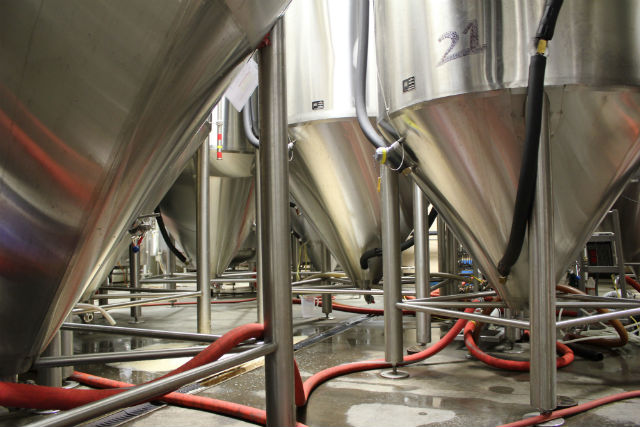
Kayne Fisher started as a used equipment buyer and is now transitioning into a used-equipment seller.
The veteran co-founder of Natty Greene’s in Greensboro, North Carolina should have a brand new brewhouse up and running by June of 2018, so now he is using his experience as a used-equipment buyer for over a decade to help either a new brewery get started or supplement a smaller brewery looking to expand.
That could mean selling the fermentation and packaging equipment as a turnkey or else piecemeal it out. Either way, Fisher understands the ins and outs and knows what questions could be — and should be — asked.
In 2002, Fisher along with co-founder Chris Lester, purchased a seven-barrel system used out of St. Louis that, if bought new, would have set them back around $365,000. Instead the duo was able to open up their then brewpub with equipment that totaled just $65,000.
“It was the biggest cost savings to us when we started,” Fisher said.
Questions about used equipment can be narrowed down to two main segments: condition of the equipment and the ease of putting it together, Fisher said.
“The condition of the equipment’s outside is important, but really the inside is where we want to make sure that there’s no dimples,” he said when talking about kettles and fermentors. “You want to make sure there’s nothing that’s going to catch any of the material in all the tanks on the brewhouse side, fermentation especially.”
When Natty Greene’s transitioned to production and upped its volume from 6,000 bbls to more than 20,000 bbls a year later, its used tanks played a big part. Of course, Fisher admitted that the plumbing was a little crazy as the brewery got up to 42 different tanks from different manufactures and all the various sizes.
“Now when I say that I don’t take our equipment for granted, especially our downtown system,” he added. “I mean, we opened in 2004. It’s now 2017 and they’re still running like a dream. I think due to us by kind of piecemealing the current production facility together, we’ve run into some issues whether it’s manways that don’t work as well as they should, or the process typing means a little bit longer runs than it should. We have 20 barrels, 40 barrels and 60 barrel-fermenters and brites all over the place. Had we been a little bit more efficient in our purchasing and even in our building, we could have done less tanks bigger as opposed to just kind of adding and adding and adding as we went. So now we understand fully the logistics and also the math of it also. We’ve got 42 tanks right now in our in our brewery. And our new place we’re going to have just 12. So we are talking about efficiency, talking about less process pipe and just ease of transferring. Instead of playing Twister, we’ll be able to go right down the row.”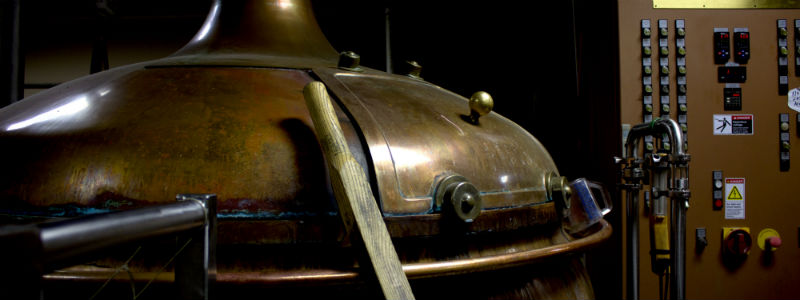
Fisher said they found a German-made system in 2006 and it was still crated up in China. That meant figuring out a new system of measuring and finding the right fit which can mean bringing in custom-made pieces to help in that transition.
“There’s so many auxiliary businesses that help in manufacturing that you can really go to,” Fisher said, mentioning that many manufacturers can connect breweries with the right people. But also, local metal fabricators can be a big help as well.
“We can just take a piece over to them and ask if they can do this,” Fisher said. “And they usually can.”
Both Fisher and NoDa Brewing owner Todd Ford agree that used packaging equipment is the hardest to buy.
“We have not been afraid to buy used tanks that have quality construction and who have been well-maintained,” Ford said, who opened NoDa in Charlotte in 2011. “We really are not likely to buy packaging equipment used just because of the need to coordinate operations with other equipment and the need for top customer support with complicated bottling and canning lines.”
Fisher pointed out that Natty Greene’s has been looking to sell the entire brewhouse as a turnkey, but even if someone purchased all of it, the packaging side — which includes a 30-year-old bottling line — would have to be upgraded.
“It still runs but I mean it’s almost like the golf industry,” he explained. “I feel sometimes that some of our equipment we’re playing is still actual woods. And now you can get Titanium Plus stuff. So we’re still putting the ball down the middle. We’re just about 100 yards behind everybody else.
“A tank is still a tank, it really it is. I mean it’s all about technology now [elsewhere]. And technology equates to efficiencies and yields, and that’s really big in our industry,” Fisher said. “We’re not saying that now we’re not looking to get rid of a lot of labor. We’re looking for quality control centers. Our O2 levels … right now we have to pull bottles off and test them ourselves. Whereas now there is technology that takes care of all that for you.”
Ford said that NoDa has bought tanks from local breweries that they know and know they care for the equipment along with buying equipment via online posts.
“Normally we know what is available locally, either now or in the future, by talking to other breweries that are going through expansion projects or ones opening new facilities,” he said.
Both Ford and Fisher said message boards are a great resource outside of a regional group, but there are now brokers that can buy and sell used equipment. Many manufactures are more than willing to connect prospective buyers with prospective sellers of used equipment as well.
“We’re a pretty tight-knit community,” Fisher said. “And so the good news about it is we all kind of share information all kind of get along. So we can call other brewers, other manufacturers and just say ‘Hey man, do you know of any tanks out there?’ and they can say ‘Oh yeah, check this out: So and so is upgrading, or so and so is getting larger tanks they are going to have some 20s or some 40s available’ — so they call him up and get them.”
Ford said the advantage of buying a used local tank is the shipping costs.
“It can be nearly zero dollars,” he said. “You can see the equipment operating in the existing brewery before you take it and you can develop a relationship with the selling brewery that can go into the future.
“We can look at the welds, the seams and the overall condition of the stainless. We inquire about the brewery’s CIP protocol and how often, and how, the brewery passivates the tanks. We have not found any issue buying parts for the used equipment that we have purchased, but we called the manufacturer for parts availability before buying the tank.”
Utilizing used equipment is seemingly a gateway toward opening a brewery at a cheaper starting cost, or helping build toward an eventual goal of buying all new equipment. For Natty Greene’s, that meant nearly hitting 30,000 barrels a decade into existence. So it doesn’t have to be a fast path to working with new equipment and with the amount of breweries now open, used equipment from veterans that are looking to upgrade or expand is available, especially in tank sales and pilot brewhouses.
“We came into the game relying on a limited budget and used equipment,” Fisher said. “And as we have grown we’ve stayed true to that. As we’re getting ready to transition, although we still have a budget, we are now going to transition to new equipment so we’ve seen the full gamut. We started used, now are selling used … so it’s going to be a big transition for us. I mean that in an exciting way and we’ll get a new set of golf clubs.”



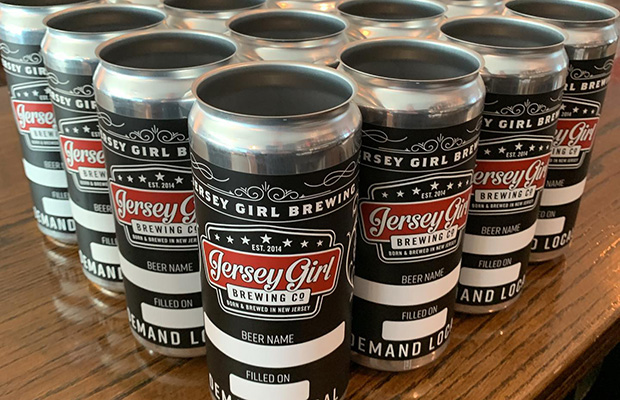
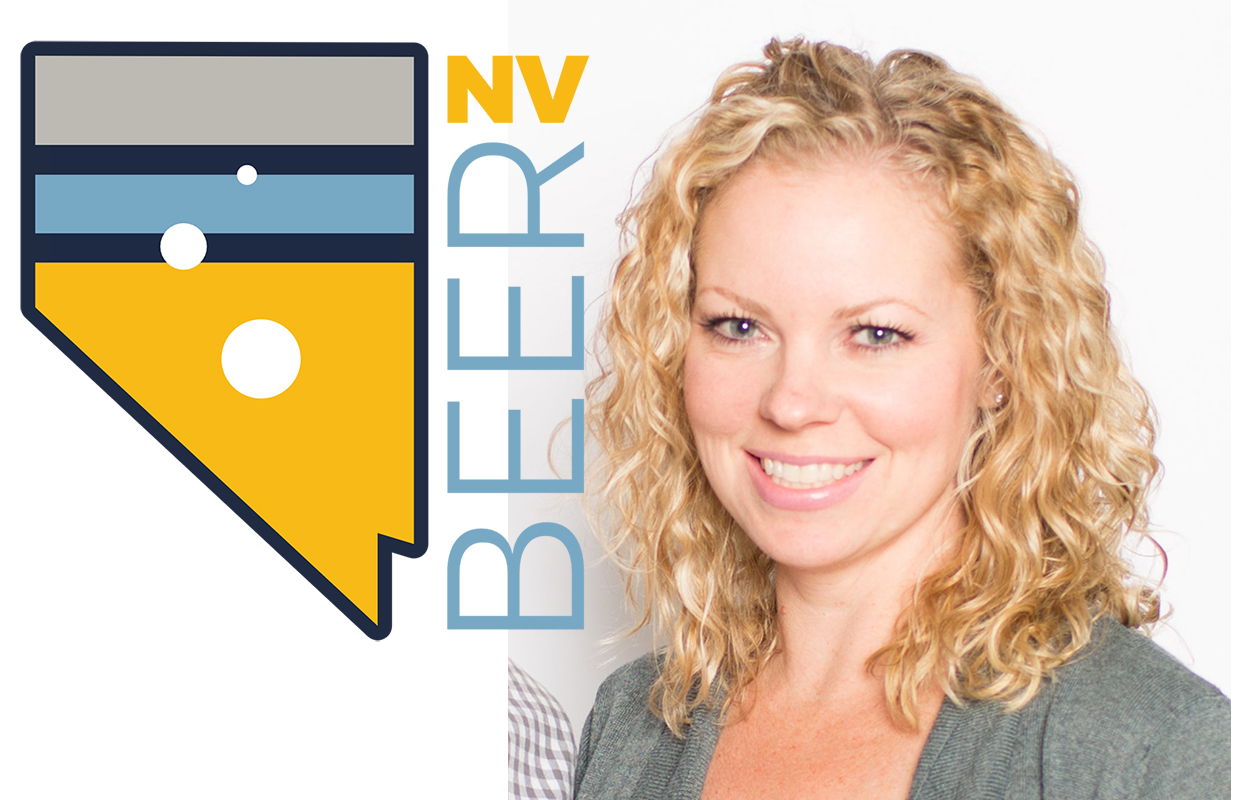
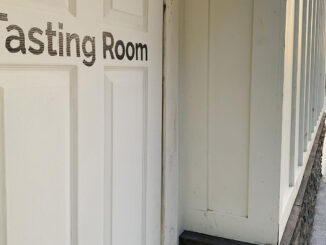
Be the first to comment